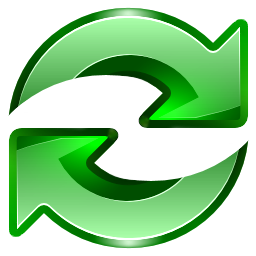Activity led is helpful in troubleshooting so if it lights up then you know that at least device is getting power. Sometimes the faulty usb port/loose connection may cause no power or insufficient power to be supplied resulting in activity led either not lighting at all or turning on off rapidly. Samsung T7 is also good & it has activity led too.In my case, my drive will be out of sight most of the time.
Ordered the Samsung T7
Samsung T7 Portable SSD Review: Colorful and Secure Storage
Samsung’s T7 brings colorful and speedy storage to the masses.



